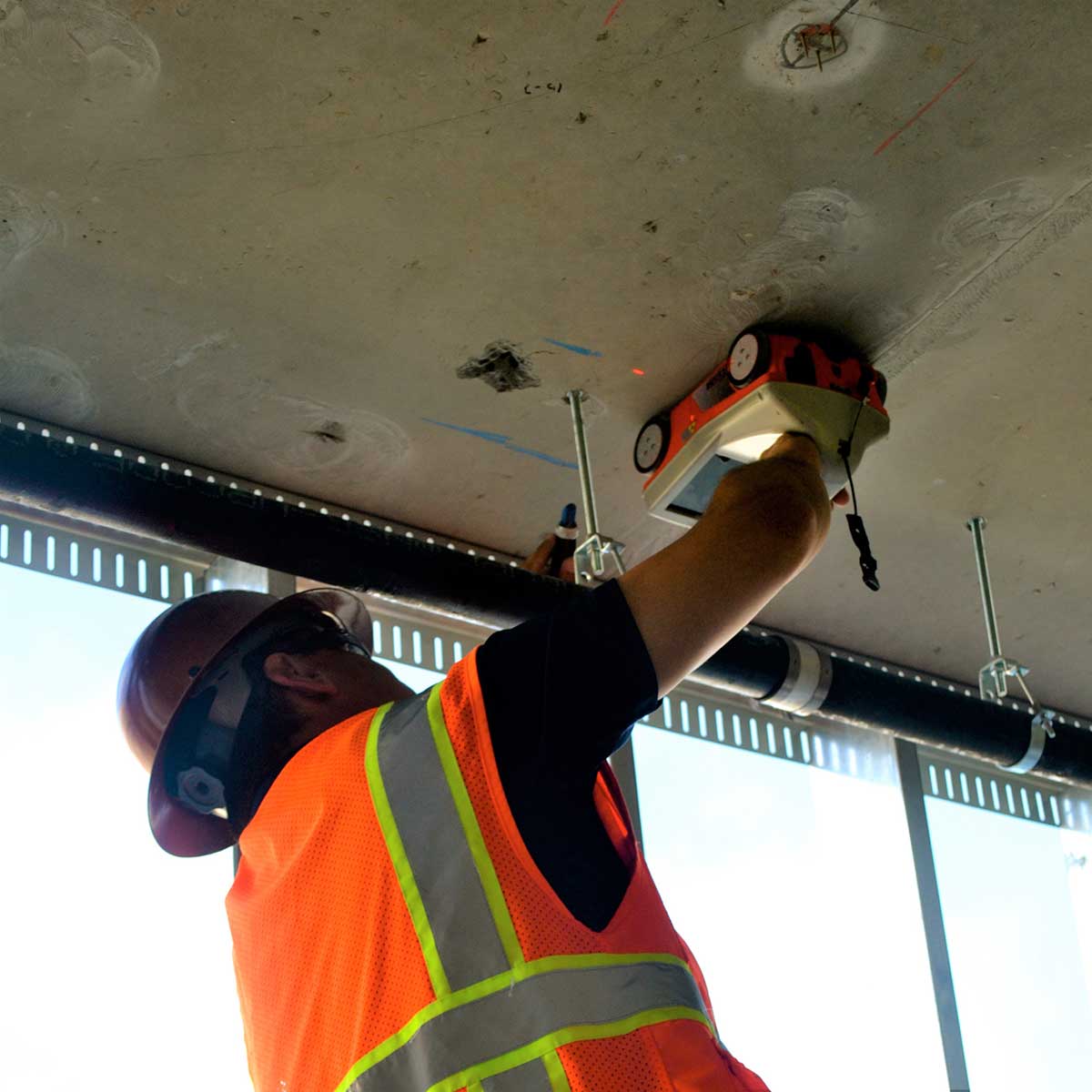Transform Your Home with Modern Interior Design
Transform Your Home with Modern Interior Design a home is more than just walls and a roof—it’s a sanctuary, a creative expression, and a reflection of identity. In today’s fast-evolving world of aesthetics and innovation, modern interior design has emerged as the perfect symphony of form and function. Whether you’re revamping a cozy apartment or planning a full-scale renovation of a sprawling residence, embracing this design philosophy can elevate every corner of your living space into a work of art.

The Essence of Modern Interior Design
Modern interior design is rooted in the early 20th century movement that celebrated minimalism, clean lines, and natural materials. It is about distilling a space to its core purpose without sacrificing beauty. Think simplicity, neutral palettes, uncluttered layouts, and purposeful details. Yet, this style is far from sterile—it welcomes warmth through organic textures, thoughtful lighting, and innovative uses of space.
Unlike fleeting trends, this design ethos has an enduring appeal. It’s adaptive, sleek, and often blends beautifully with other design elements—from industrial and Scandinavian to boho-chic and mid-century modern.
Clean Lines, Clear Minds
At the heart of modern interior design is the philosophy of decluttering. Flat surfaces, geometric shapes, and smooth transitions between spaces dominate this aesthetic. Sofas with sharp edges, modular shelving units, and leggy furniture that allows visual space to flow under and around pieces—these are foundational components.
Streamlined furniture not only looks sophisticated but enhances the sense of spaciousness, even in tighter quarters. Opt for low-profile designs that hug the floor, accentuated with slender metallic legs or sculptural wooden frames.
Embrace the Power of Neutrals
A neutral color palette is the backbone of modern interior design. Think shades of taupe, cream, charcoal, soft gray, and bone white. These hues create a serene environment and serve as the perfect canvas for dramatic contrasts or vibrant pops of color.
Want a dash of vibrancy? Inject personality through mustard yellow cushions, a forest green accent wall, or cobalt blue ceramics. The key is restraint—an intentional pop makes more impact than a rainbow riot.
Material Matters: Nature Meets Innovation
Modern interior design celebrates authenticity. It emphasizes materials that age gracefully and hold their own aesthetic weight. Polished concrete floors, raw wood beams, brushed steel finishes, and exposed brickwork all align perfectly with this style.
Mixing materials is encouraged. Pair a marble-topped dining table with black metal chairs. Combine a leather chaise with a jute rug and linen throw pillows. This blend adds depth and tactility to a room, enhancing the sensory experience.
Glass also plays a prominent role. Large panes, partitioned walls, and floating shelves made of glass contribute to an airy, open vibe. Bonus: they reflect natural light, amplifying brightness throughout the space.
Lighting as the Silent Artist
Never underestimate the transformative power of lighting in modern interior design. It’s not just functional—it’s foundational. A carefully curated lighting plan elevates mood, highlights architectural features, and enhances visual harmony.
Layering is the golden rule. Use a mix of ambient (ceiling lights), task (pendants or desk lamps), and accent lighting (spotlights, LED strips). Consider sculptural floor lamps with sleek finishes or pendant clusters over a kitchen island. Natural light is equally important. Sheer drapes, oversized windows, and strategically placed mirrors maximize daylight and create a dynamic interplay between indoor and outdoor elements.
Open Floor Plans and Fluidity
One of the hallmarks of modern interior design is spatial openness. Open-concept layouts that blur the lines between kitchen, dining, and living spaces are both functional and visually expansive. The idea is to encourage interaction, flow, and light sharing.
To define areas within an open plan, use rugs, console tables, or change flooring textures. An open-plan home feels more cohesive when zones are subtly demarcated while still remaining visually interconnected.
Statement Pieces that Speak Volumes
In modern interior design, less is more—but what’s included should be impactful. One or two statement pieces can elevate a room from simple to striking. This could be an oversized piece of abstract artwork, a designer armchair, or a bold lighting fixture with architectural flair.
These standout elements should be thoughtfully chosen to complement, not compete with, the surrounding decor. The goal is harmony with a hint of drama—enough to capture attention, but not so much that it overwhelms.
Minimalism Without Monotony
Modern design leans heavily into minimalism, but that doesn’t mean lifelessness. Texture is the antidote to monotony. A velvet sofa paired with a rough-hewn wooden coffee table, a smooth ceramic vase sitting on a concrete shelf—this interplay of materials keeps things visually engaging.
Layering textiles is another trick. Think woolen throws, linen cushions, nubby rugs, and woven baskets. The key is to use a restrained color palette so the textures take center stage.
Technology Meets Design
Smart homes and modern interior design go hand in hand. Today’s interiors seamlessly integrate technology—smart thermostats, voice-controlled lighting, hidden charging stations, and automated blinds.
The beauty lies in invisibility. Wall-mounted TVs that disappear into art, in-wall speakers, and touch-sensitive switches all reflect a commitment to design that’s as intelligent as it is aesthetic. Functionality should always enhance, not distract from, the visual flow.
The Green Touch
Biophilic elements—bringing nature indoors—are an essential facet of modern interior design. It’s not just about potted plants (though those help); it’s about incorporating natural elements into the architecture itself.
Green walls, indoor courtyards, live-edge wooden surfaces, and even indoor water features blur the line between inside and outside. These features not only purify the air but add warmth, life, and a calming rhythm to the home.
Kitchen Chic: Sleek and Smart
Kitchens in modern interior design are streamlined sanctuaries of function and form. Cabinets are often handleless, countertops are clutter-free, and appliances are built-in to create a continuous visual line.
Matte finishes are favored over glossy ones, and backsplashes often feature large-format tiles or continuous slabs of stone. Think quartz, granite, or recycled composite materials that are both elegant and eco-conscious.
Open shelving adds a lighter feel and gives you the opportunity to display curated collections of ceramics or glassware. But remember, modern doesn’t mean impersonal—let your personality shine in those small yet meaningful details.
Spa-Inspired Bathrooms
Bathrooms are no longer just utilitarian—they’re retreats. Modern interior design in bathrooms embraces floating vanities, frameless showers, wall-mounted fixtures, and soothing palettes.
Large tiles reduce grout lines and make cleaning easier. Natural materials like wood and stone add organic tranquility. Integrated lighting behind mirrors or under vanities brings a soft, ambient glow that soothes the senses.
Freestanding tubs, rainfall showers, and tactile finishes like brushed brass or matte black hardware complete the luxurious, spa-like experience.
Bedroom Serenity
In the bedroom, modern interior design invites restfulness. The focus is on soft lighting, uncluttered surfaces, and a sense of intimacy.
Low platform beds, neutral-toned linens, and tailored window treatments set the tone. Avoid over-decorating. Instead, choose one or two focal points—a dramatic headboard, a sculptural lamp, or an abstract painting—that speak softly but powerfully.
Functional side tables, built-in wardrobes, and minimalist decor ensure that the space remains soothing and serene.
Sustainability as a Statement
Modern doesn’t have to mean disposable. Sustainable materials, upcycled furniture, and energy-efficient systems are core tenets of conscious modern interior design.
Choose FSC-certified wood, recycled metals, and low-VOC paints. Water-saving fixtures, energy-efficient appliances, and solar-powered features not only reduce environmental impact but add to your home’s long-term value.
Design today with tomorrow in mind—that’s the essence of future-forward living.
Outdoor Connections
Don’t forget the outdoor spaces. Patios, balconies, and courtyards should reflect the same clean lines and tonal harmony found indoors. Use furniture with weatherproof materials like powder-coated aluminum or teak. Add potted plants, modular seating, and warm outdoor lighting to transform even the smallest outdoor nook into an oasis.
Folding glass doors, retractable panels, and seamless flooring transitions help unify indoor and outdoor zones, amplifying the sense of space.
Final Thoughts
Embracing modern interior design is more than a stylistic choice—it’s a lifestyle. It celebrates clarity, functionality, and beauty with an emphasis on intentional living. Every element has a purpose, every piece a place.
Whether you’re starting from scratch or refining an existing space, the modern approach invites calm, encourages mindfulness, and leaves room for evolution. In a world of visual noise, modern interiors offer a breath of fresh, inspiring air—one serene room at a time.







